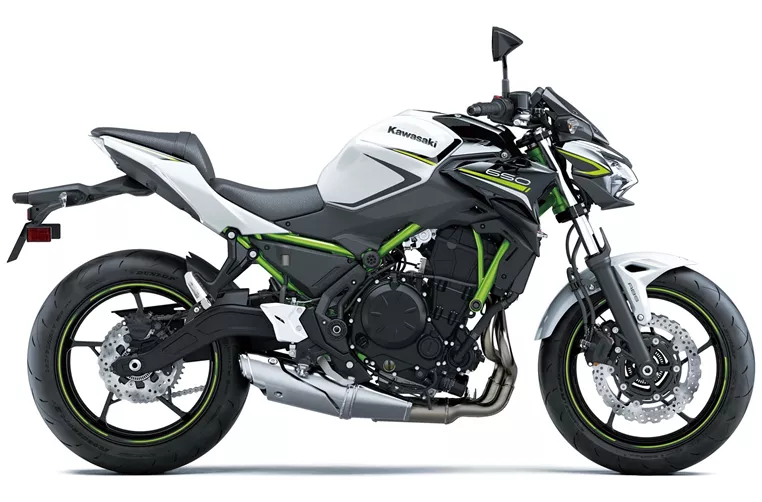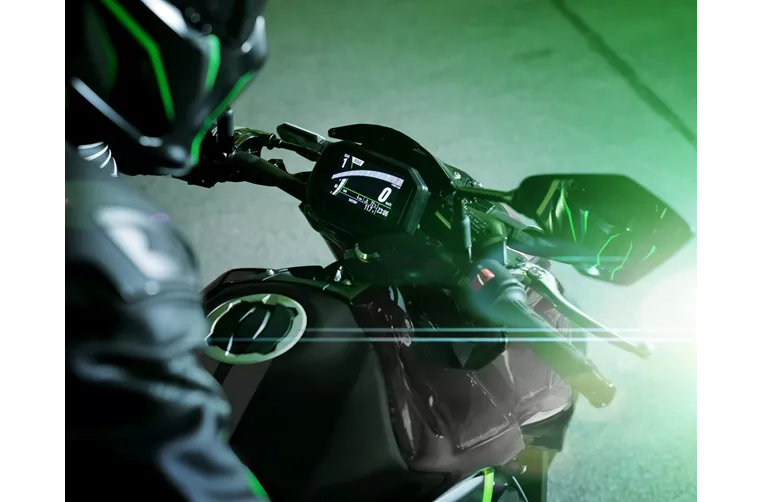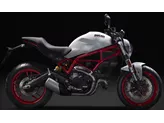Kawasaki Z650 2020 vs. Kawasaki Z900 2023
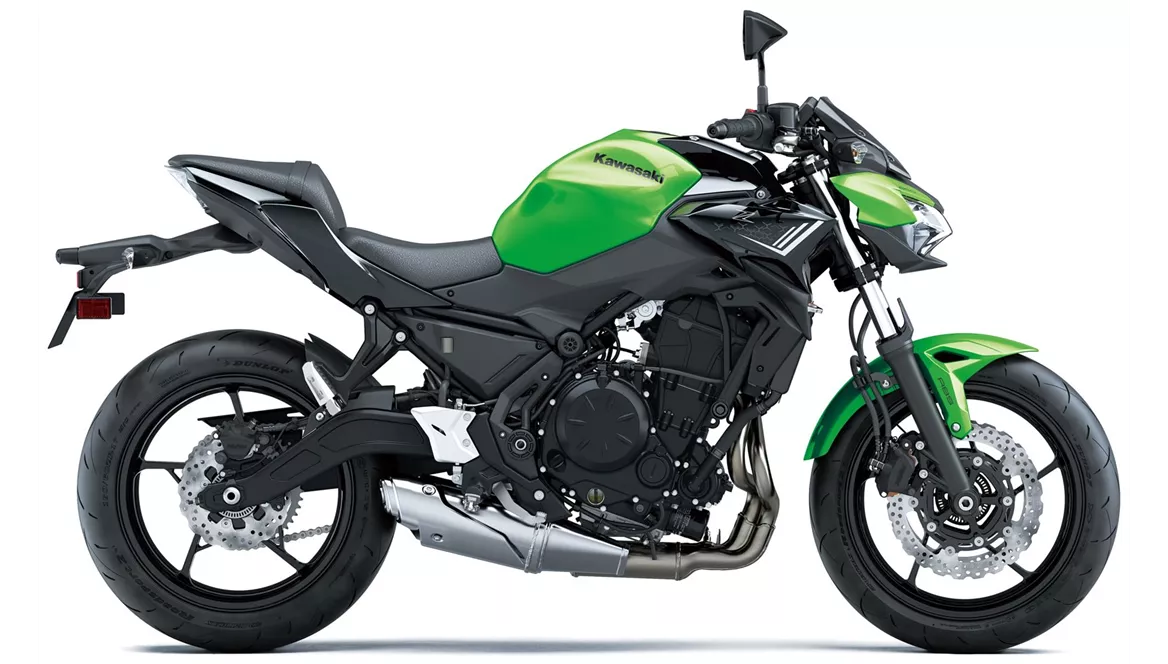
Kawasaki Z650 2020
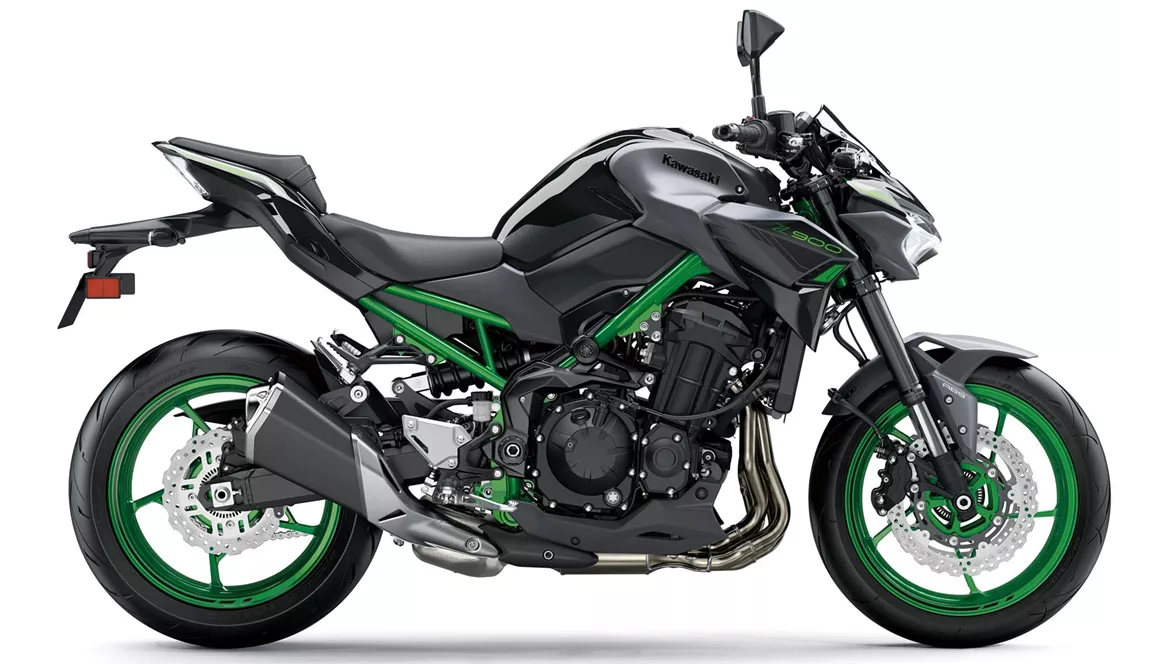
Kawasaki Z900 2023
Overview - Kawasaki Z650 2020 vs Kawasaki Z900 2023
The Kawasaki Z650 2020 and the Kawasaki Z900 2023 are both naked bikes from Kawasaki, but they have several differences in terms of technical specifications and strengths.
Starting with the engine, the Kawasaki Z650 2020 is equipped with a two-cylinder engine that delivers 68.2 HP of power and 65.7 Nm of torque. On the other hand, the Kawasaki Z900 2023 features a four-cylinder engine with a higher power output of 125 HP and torque of 98.6 Nm. This means that the Z900 offers more power and torque, providing a more exhilarating riding experience.
In terms of suspension, both bikes have a swing arm rear suspension with a monoshock absorber. However, the Z650 has a telescopic fork front suspension, while the Z900 is equipped with an upside-down telescopic fork front suspension. The upside-down fork on the Z900 provides better stability and handling, making it more suitable for aggressive riding.
Both bikes have a steel frame, but the Z900 has a double cradle frame, which offers higher rigidity and better handling compared to the tubular frame of the Z650.
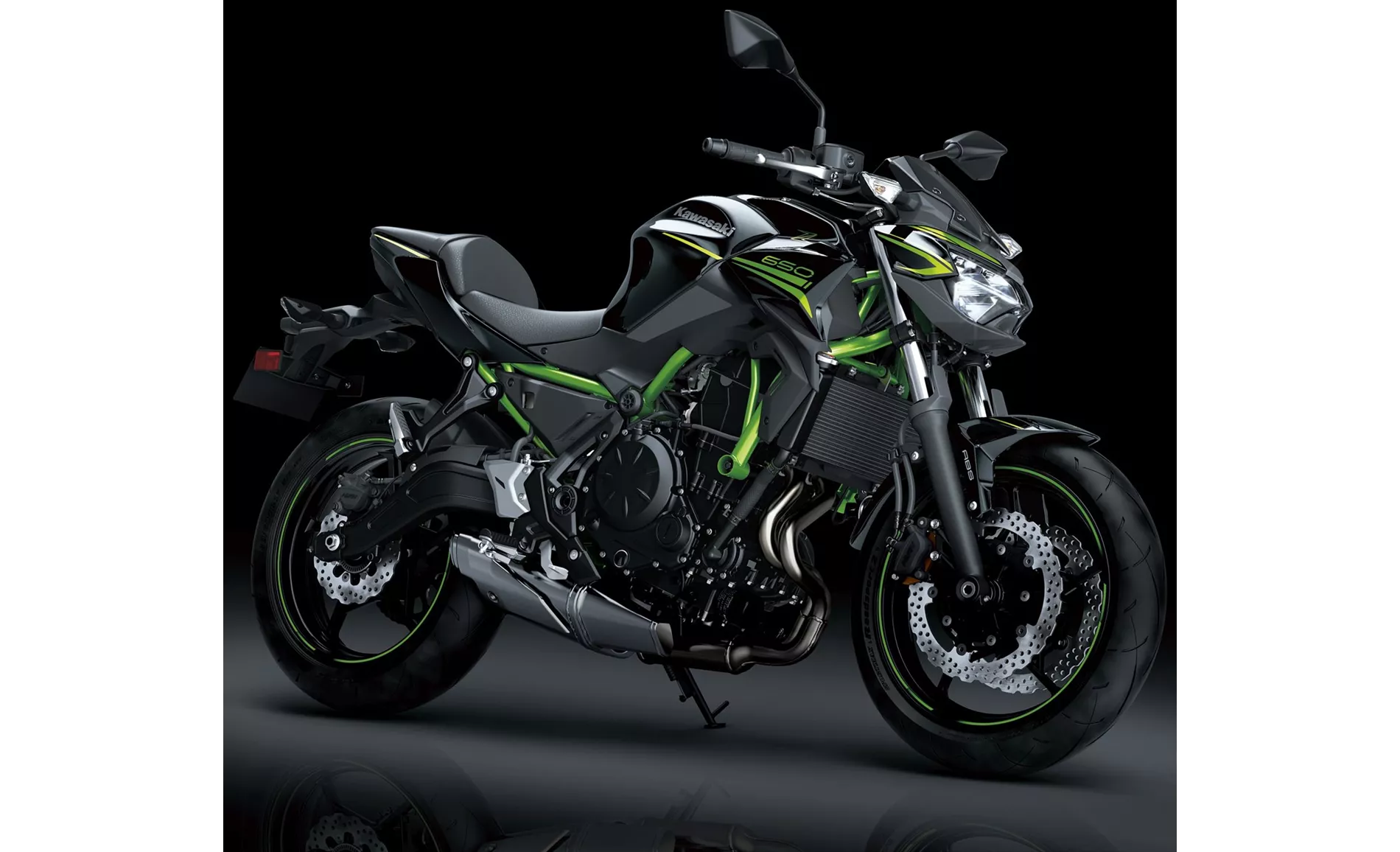
Kawasaki Z650 2020
When it comes to brakes, both bikes have double disk front brakes with a diameter of 300 mm. However, the Z900 has four-piston front calipers, providing better braking performance compared to the double-piston calipers on the Z650.
In terms of assistance systems, both bikes have ABS. However, the Z900 also features additional advanced rider assistance systems such as riding modes, ride by wire, and traction control. These systems enhance the overall riding experience and provide better control and safety.
In terms of dimensions and weights, the Z900 has a slightly larger wheelbase of 1450 mm compared to the 1410 mm of the Z650. The seat height is also slightly higher on the Z900 at 795 mm compared to the 790 mm of the Z650. Additionally, the Z900 is heavier with a kerb weight of 212 kg compared to the 187.1 kg of the Z650.
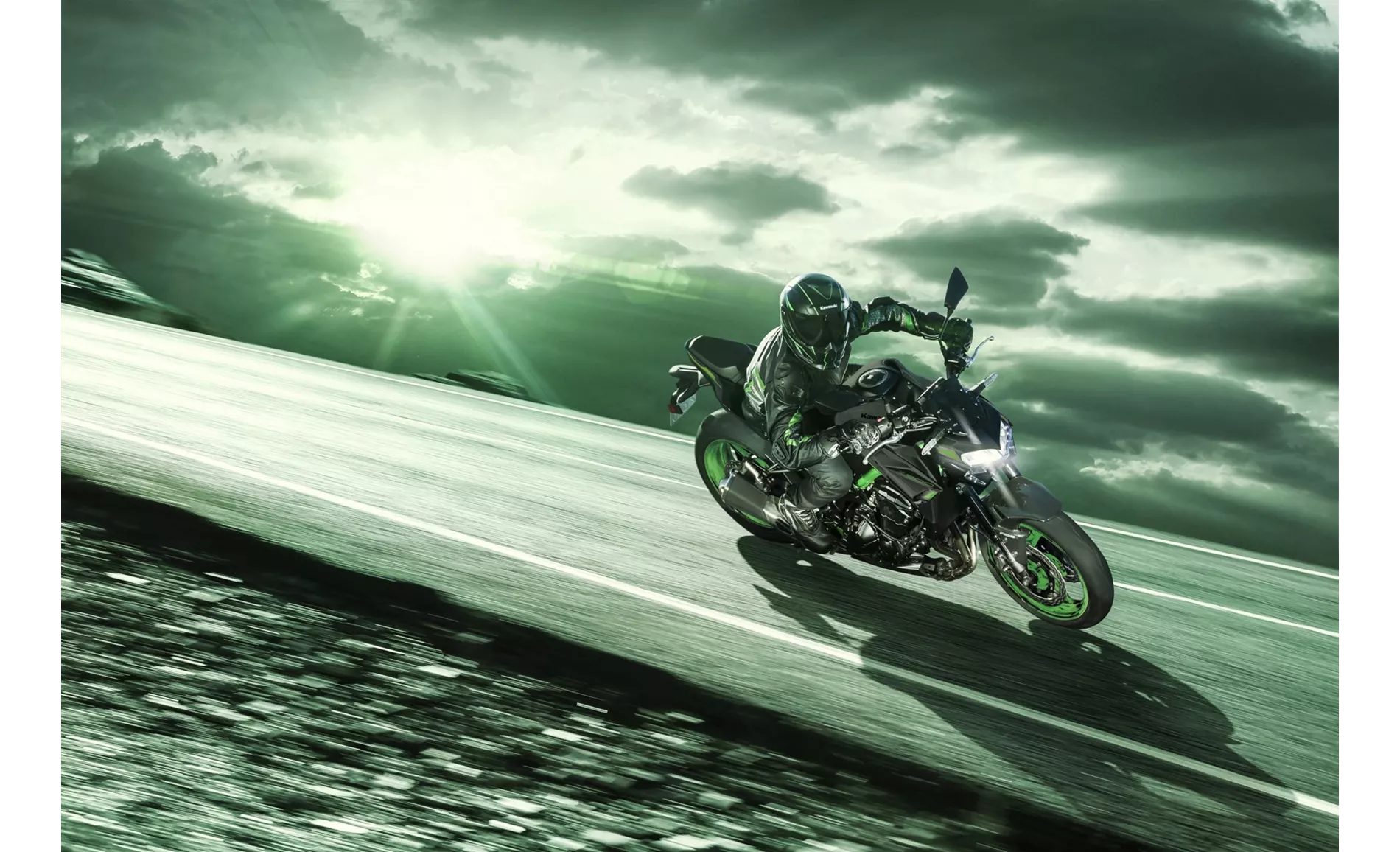
Kawasaki Z900 2023
Both bikes come with LED daytime running lights, LED headlights, and a TFT display. These features enhance visibility and provide a modern and premium look.
In terms of strengths, the Z650 has a powerful two-cylinder engine, aggressive intake noise, compact dimensions, low seat height, stable chassis, TFT display with connectivity, and a grown-up look. On the other hand, the Z900 offers light and natural handling with high stability, a silky engine with full pull from low revs, high chassis transparency, great feedback, a seating position with a feel-good factor, and an absolutely fair price.
However, both bikes also have their weaknesses. The Z650 has a front brake pressure point issue, may be uncomfortable for tall riders, and the Rideology App is not fully sophisticated. On the other hand, the Z900 has a relatively cumbersome operation of the menu, lacks slope-dependent assistance systems, and has a higher weight.
In conclusion, the Kawasaki Z650 2020 and the Kawasaki Z900 2023 are both excellent naked bikes with their own strengths and weaknesses. The Z900 offers more power, advanced rider assistance systems, and better handling, but it is also heavier and has a higher price. The Z650, on the other hand, provides a more compact and agile riding experience with a lower price point. Ultimately, the choice between the two will depend on the rider's preferences and priorities.
Technical Specifications Kawasaki Z650 2020 compared to Kawasaki Z900 2023
Pros and Cons in comparison
Pros and Cons in comparison
Kawasaki Z650 2020

It's simply marvellous what Kawasaki has put together in a complete package with the new Z650. The technical components may not knock your socks off individually, but in combination they make for a pleasantly neutral motorbike that everyone will enjoy. No bitchy idiosyncrasies - simply a naked bike that works really well on winding country roads. Of course, the TFT display, which we don't find in the competition at the moment, is a plus, as is the grown-up look, which is strongly oriented towards the larger Z models. Only the pressure point of the front brake could have been more clearly defined - but you can't have everything in this price range.
Kawasaki Z900 2023
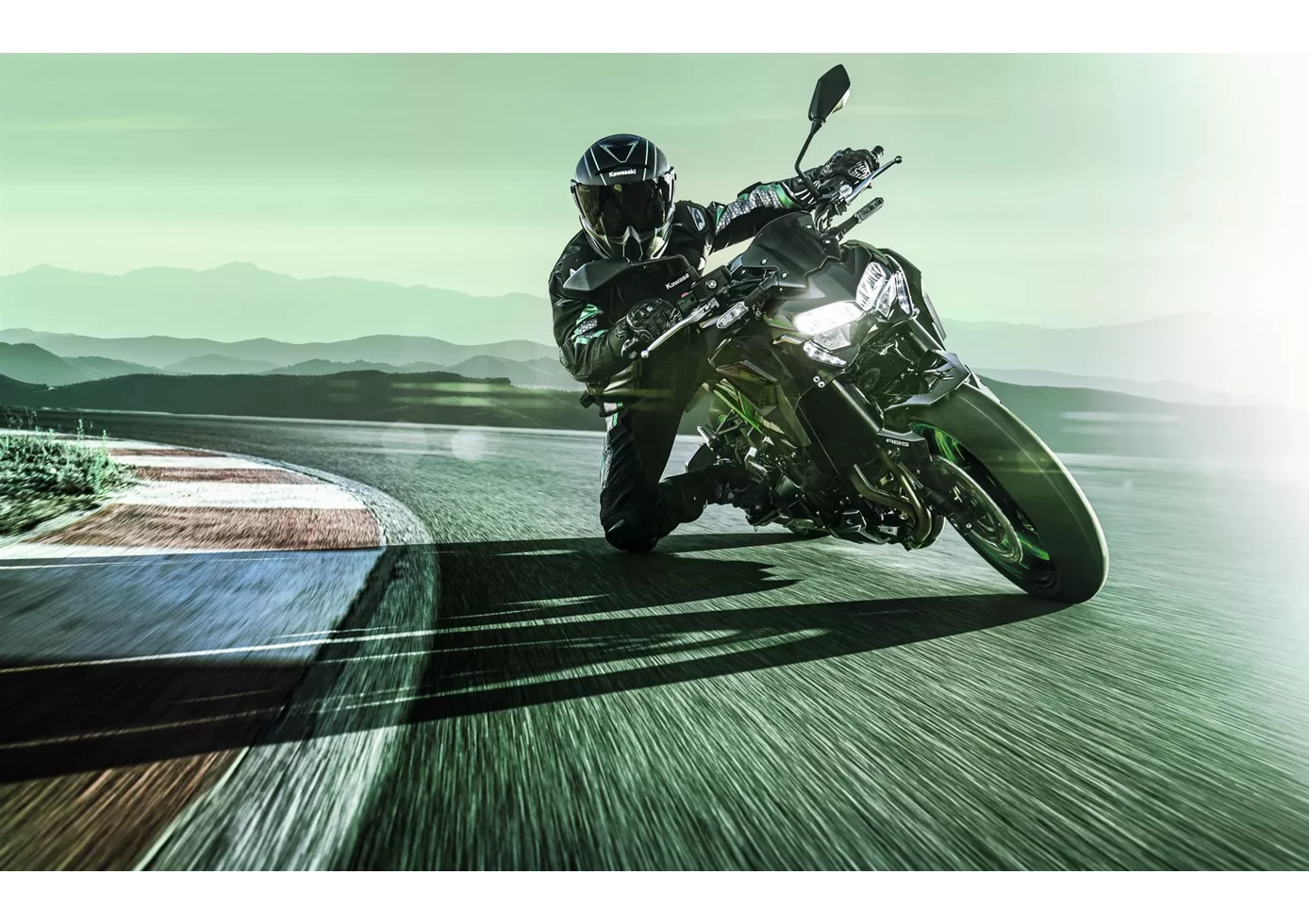
The Kawasaki Z900 may not be up to scratch when it comes to modern, lean angle-dependent electronic features, but it's relatively cheap and you shouldn't underestimate the fan base of the good old inline four - the Z900 is one of the cheapest ways to own such a great engine with just under a litre of displacement in a sporty naked bike! The higher weight is noticeable, but not massively annoying, because the handling and stability are quite alright. In terms of "outdated" electronics, the most annoying thing is the missing shift assistant, which is not even available as an option. Overall, however, the Z900 is a great naked bike with a great price-performance ratio.
Price Comparison Avarage Market Price Kawasaki Z650 vs Kawasaki Z900
There are a few key differences between a Kawasaki Z650 2020 and a Kawasaki Z900 2023. In terms of price, the actual average price of a Kawasaki Z900 2023 is about 58% higher. Compared to Kawasaki Z900 2023 there are less Kawasaki Z650 2020 bikes available on the 1000PS.de Marketplace, specifically 21 compared to 187. It takes less time to sell a Kawasaki Z650 with 80 days compared to 122 days for a Kawasaki Z900. Since model year 2017 1000PS.de editors have written 31 reviews for the Kawasaki Z650 and 46 reviews for the Kawasaki Z900 since model year 2017. The first review for the Kawasaki Z650 was published on 11/8/2016 and now has more than 25,000 views. This compares to more than 93,200 views for the first review on Kawasaki Z900 published on 11/11/2016.
